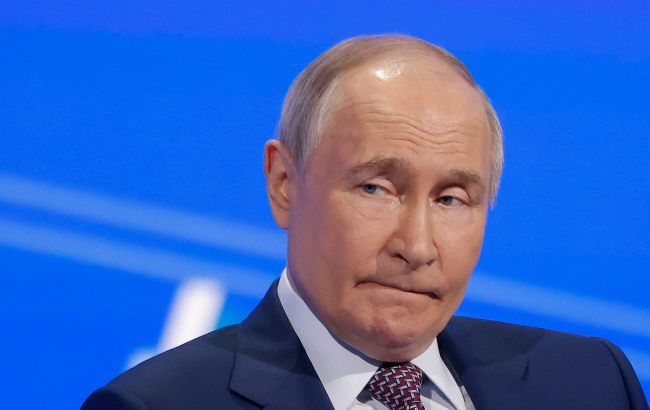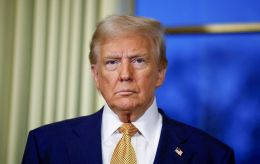What conditions is Russia pushing for in peace memorandum? Analyst weighs in
 Photo: Russian President Vladimir Putin (Getty Images)
Photo: Russian President Vladimir Putin (Getty Images)
Russia’s version of a potential peace memorandum could include demands for Ukraine’s neutrality, reduction of its armed forces, a ban on NATO membership, and an expanded role for the Russian Orthodox Church, stated historian and diplomat Roman Bezsmertnyi in a commentary to RBC-Ukraine’s YouTube channel.
"Everything hidden behind the term root cause will be spelled out. The first and most important thing is global things that relate to what I would call the global level," he explained.
According to Bezsmertnyi, Russia may structure its demands in the draft memorandum across several levels.
Global level:
-
The withdrawal of the United States from Europe;
-
The withdrawal of American troops from the countries where they are currently stationed, including Romania, Poland, and the Baltic states.
Continental level:
-
NATO's withdrawal from Central and Eastern Europe;
-
Withdrawal to the eastern border of the present-day Federal Republic of Germany.
Ukrainian bloc:
-
Claims to five regions of Ukraine;
-
Demands for "denazification" and "demilitarization";
-
Restoration of the role and place of the Russian Orthodox Church;
-
Reinstatement of Russian as an official language;
-
Neutral status for Ukraine;
-
Limitation of the Ukrainian Armed Forces to 30,000–60,000 troops;
-
Disarmament with a clearly defined list of categories, types, and kinds of weaponry, with the aim of facilitating a potential future occupation.
Bezsmertnyi believes that the memorandum may include positions that Russia has been voicing since 2007. These were first publicly expressed by Deputy Chairman of the Security Council of the Russian Federation Dmitry Medvedev and later by the Russian President Vladimir Putin himself.
"In fact, what we've been hearing since 2007, from Medvedev’s speech and then Putin's speech at the Munich Security Conference, will be included in this list," the historian emphasized.
At the same time, according to Bezsmertnyi, some of the demands that Russia might include in the memorandum will be veiled in complex terminology. He believes these formulations might be incomprehensible to US President Donald Trump and his entourage.
Such terms include root causes, indivisibility of global security, the impossibility of resolving security issues by some countries at the expense of others, as well as the legitimate territorial interests of the Russian Federation.
The expert notes that until these formulations begin to be used by Trump or other American politicians, they will serve as a kind of litmus test.
"Until we hear these three concepts from the mouth of Donald Trump, or even Marco Rubio, it means that Ukraine and Europe, Ukrainians and Europeans in the persons of Trump, Rubio, Witkoff, and others are dealing with diplomatic astronauts who simply do not understand what Moscow is talking about," he explained.
Peace memorandum
During recent talks in Istanbul, Ukrainian and Russian delegations agreed to submit written proposals outlining their visions for a ceasefire.
On Monday, May 19, following a conversation with US President Donald Trump, Russian President Vladimir Putin stated that it was necessary to determine the most effective path toward peace.
Following that, Putin announced that Russia is ready to work with Ukraine on a memorandum regarding a potential future peace agreement.
For more details on the Trump-Putin conversation, see the material by RBC-Ukraine.
Meanwhile, Mykhailo Podolyak, advisor to the head of Ukraine’s Presidential Office, also outlined the likely terms Russia may try to include in a peace memorandum.

